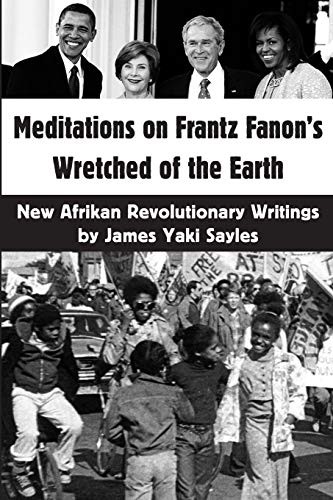Controlling a civilian population under occupation differs from waging battles against state armies. Enormous investment was required to build up the new system of control—scores of settlements and army camps were built over the decades all across the OPT [Occupied Palestinian Territories], as well as in Sinai and the Golan Heights, which was illegally annexed in 1981, without any noticeable reaction from the international community. The new settlers were, like the old ones in the 1920s, 1930s, and 1940s, mobilized armed civilians securing the occupied territories, marking with their bodies and their luxury homes the new, expanded zone of the Zionist project.
IDF camps in the OPT, therefore, had multiple aims. It made the terrain known to army recruits and controlled the captive population through brutal measures, such as the Military Government and Emergency Regulations, inherited from the British Mandate of 1935 and the 1945 Emergency Regulations. Such illicit legislation was used for defending illegal settlements, redrawing the map by confiscation of private and public land.
The army soon built a system combining features adapted from similar trouble spots, such as Vietnam and Algeria. A wide network of informers, agents, and agent-provocateurs was set up to collect information. New vast prisons were built to hold more than 10,000 prisoners, and at the height of this conflict, more than double that number. Many prisoners were (and are) held without charge or due process as administrative detainees, whose detention may be extended indefinitely, without a right of appeal or even knowing the charges. A sophisticated network of interconnected, computerized checkpoints, roadblocks, electronic surveillance mechanisms, fences, and other means of limiting freedom/s of the population was built, making sure every single Palestinian was continuously tracked.
This system totally failed to warn the IDF of the most original of resistance efforts. This failure came to light during the first intifada that erupted in December 1987 in Gaza and quickly engulfed the whole of the OPT. Tanks, nuclear submarines, long-range missiles, nuclear devices, and F-16 fighters were of limited value in this conflict with civilians—mainly boys and young men and women, demonstrating and stone-throwing against the strongest army in the Middle East. Israel had no inkling that an uprising would emerge; it was genuinely spontaneous.
















